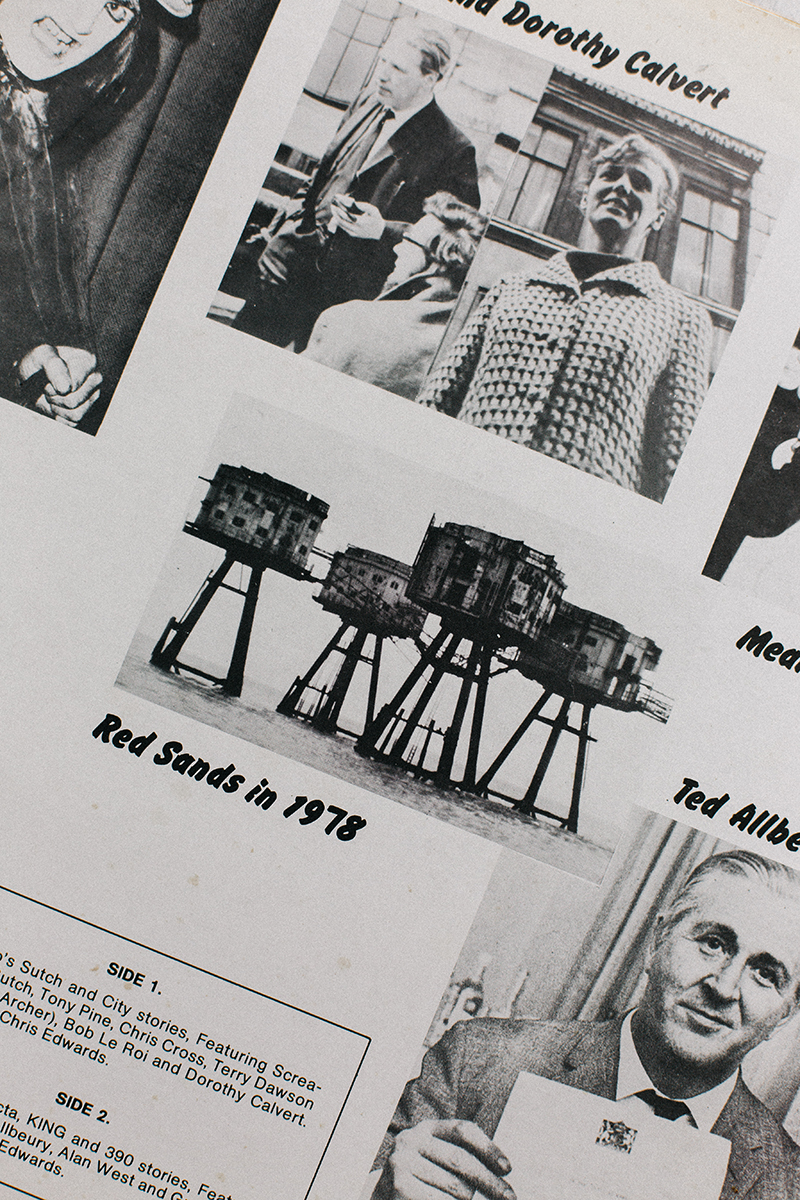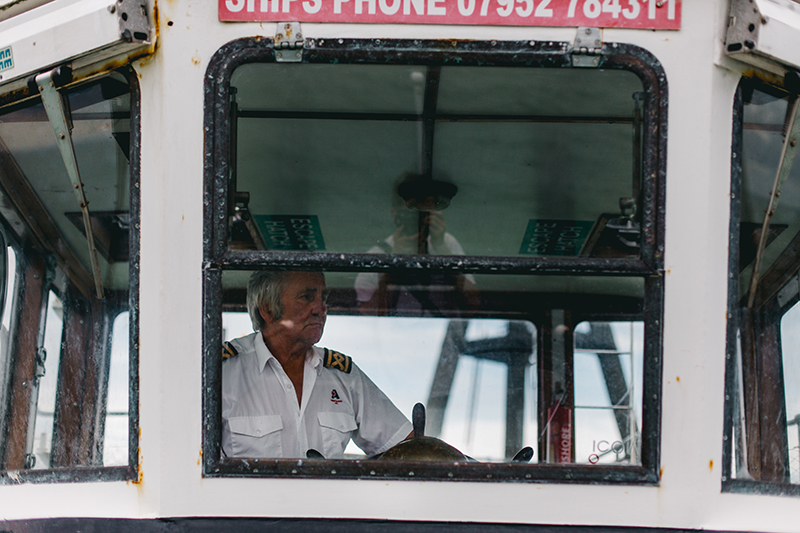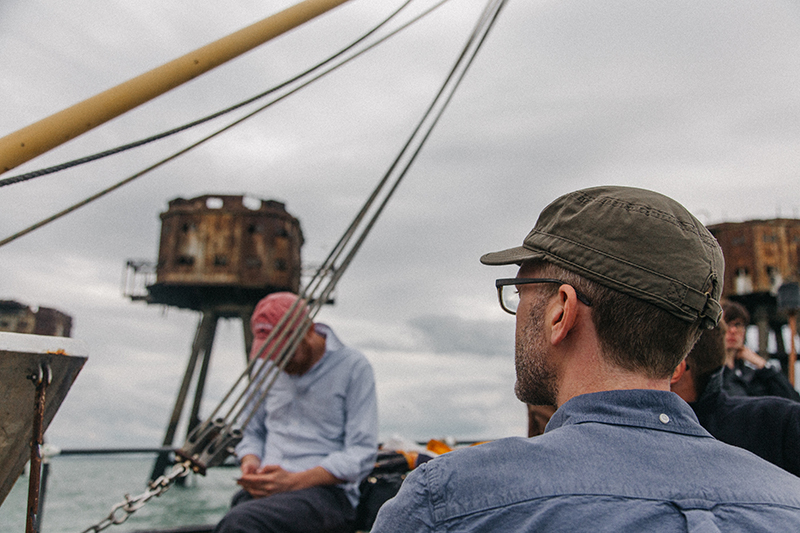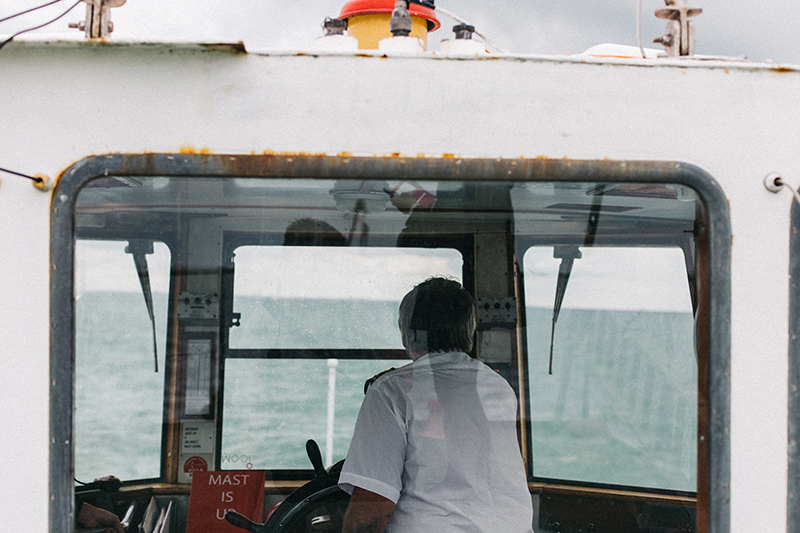Buoyancy and Bravery
Enough about War, let's turn the mood buoyant. The on-board historian, David, is no specialist in combat but rather an expert in the second-life of these structures, and suitably anti-establishment. All hail Pirate Radio. Digging out a vinyl record of interviews —“Itʼs rare as a rocking horse, this” — he sets the scene. In their post-war revival, the forts started out as smuggler's haunts. Tom Pepper, a local fisherman with a love of contraband, dreamt up the idea to make use of the forts for their limbo status in international waters, and offshore radio began. During the 60ʼs, the musicians unions enforced ʻneedle timeʼ which meant there was little to no popular music on UK radio. Sitting 3 miles beyond the limit of territorial waters, the forts were re-imagined as home to new music stations, pirate-style.
They weren't all glitz and the elements and the authorities were now the enemy. Tom came to a tragic end, heading ashore for Christmas with a DJ and engineer, when their boat took on water and sank with no survivors. Tom's body was found near Whitstable, and an unidentified body washed ashore on a Spanish beach with Radio Invicta tapes still in the pockets. The radio was reborn and became 390 (inspired by the wavelength). Despite its illegal status it attracted up to 2.5 million listeners a day. But the Admirality cottoned on and played dirty: dredging sand to create a sandbank close to the Forts they planted a flag and declared the seabed Crown property. Defeated by legal loopholes, the station shut down, and the forts stood as rusting reminders.
Rust and Resilience
Now the custodians of the structures, Project Redsands, patch them together with volunteers, and chug out boatloads of Russian games designers, German slack-liners and the US Ambassadors. It's not cheap to keep the rusting hulks and time and money is running out. “There's plenty people curious, but we need help,” pleads Captain Alan, “Weʼre all getting old.” There are parallels with the state of the Maginot bunkers. But why not let them decay to oblivion? “The Maunsell Forts and the Bunkers even though theyʼre in different places are reminders of things weʼd rather forget.” says Max. “Theyʼre feelings of enmity, and hate, and opposition.” In an uncertain Europe of nervous neighbours and contested borders theyʼve acquired new relevance as monuments to a time before our union. “And I think theyʼll be here forever,” says Max, “I think theyʼll be here longer than us.”




